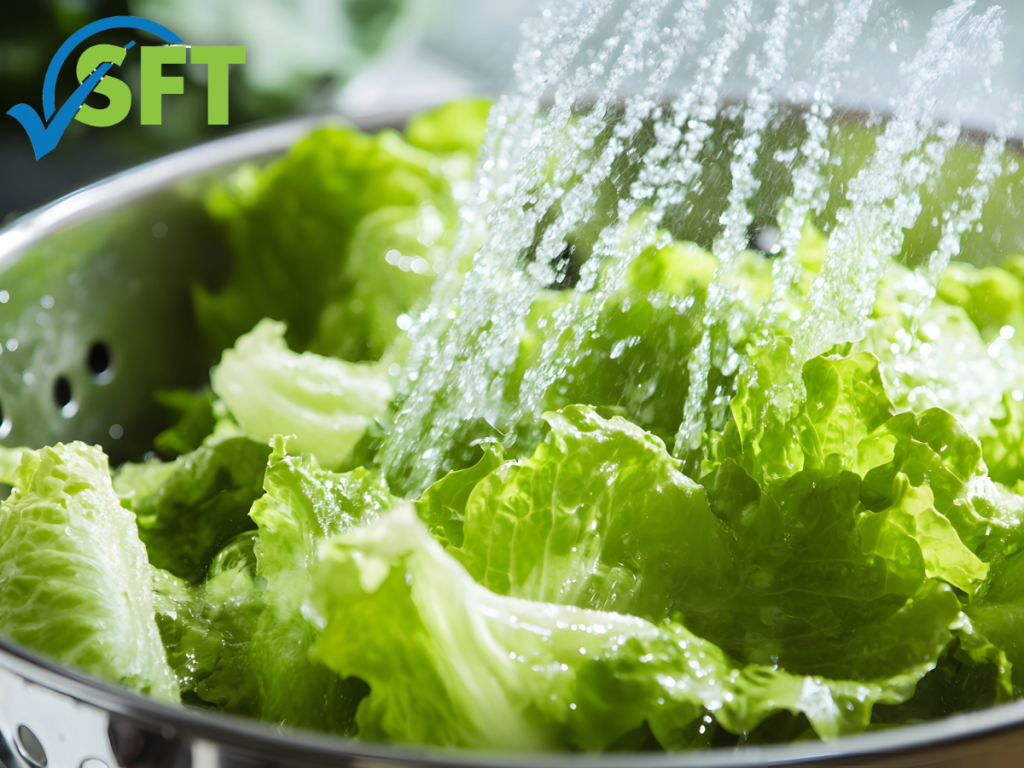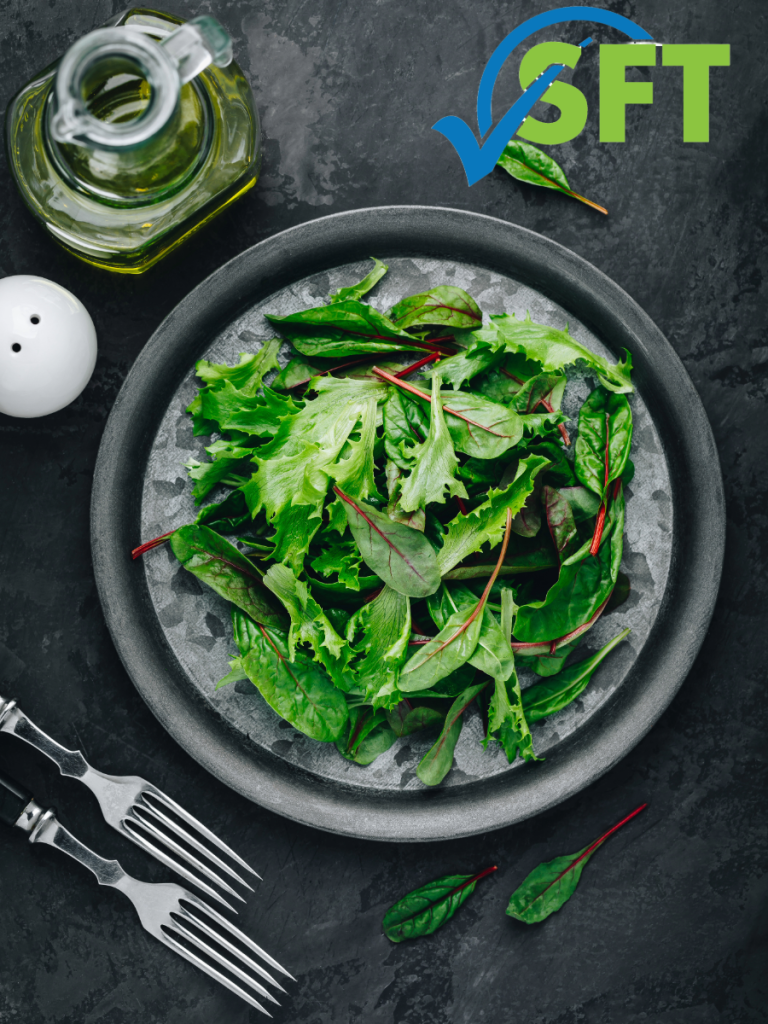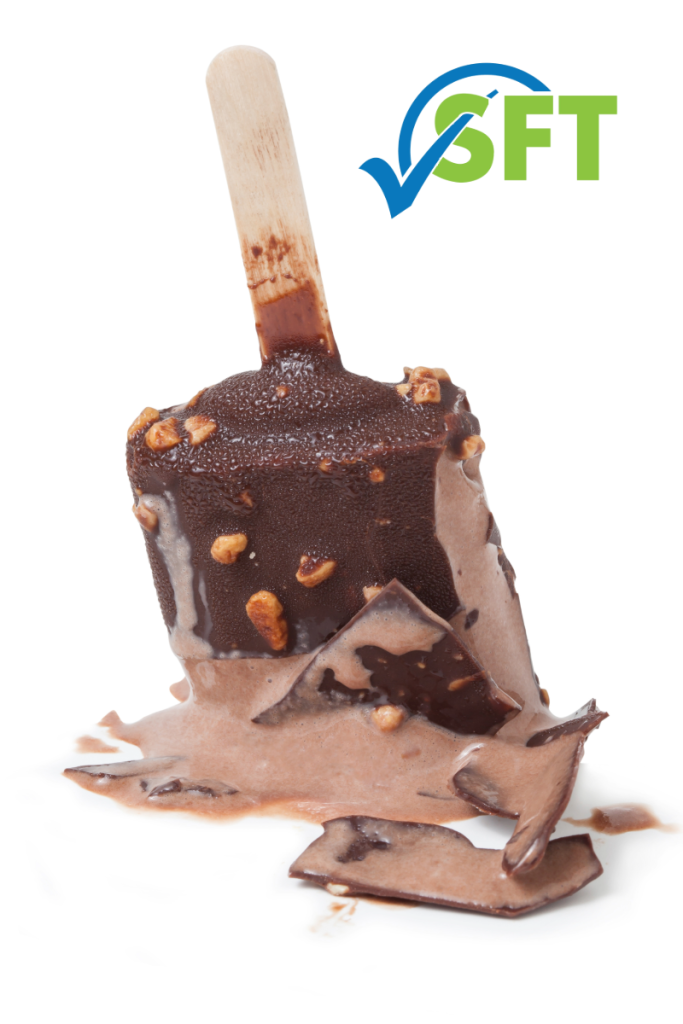
As a certified food safety manager in Minnesota, you handle dozens of ingredients every day, but few have a more interesting story than the simple egg. A common question we hear about why you need to store eggs in the cooler in the United States, while they often sit on the counter in European homes. Understanding the answer is a fascinating lesson in microbiology and a critical component of Minnesota food safety.
It highlights the different yet effective paths countries take to protect consumers from foodborne illnesses. The core of the issue isn’t just a preference. Instead, it’s a regulated process centered on preventing the growth of bacteria, particularly Salmonella.
Why the U.S. Mandates Egg Refrigeration
In the United States, the journey of an egg from the farm to your kitchen involves a mandatory washing process. The purpose of this regulation from the USDA is to remove dirt, fecal matter, and other contaminants from the shell’s surface. While this cleaning makes the egg look pristine, it also removes a natural, invisible protective layer called the cuticle or bloom.
This is where refrigeration becomes essential. Without the cuticle, the eggshell is more porous and susceptible to bacteria entering. To counteract this vulnerability, they enforce a strict “cold chain.”
- The purpose of washing: The goal is to reduce potential surface contaminants immediately. However, this process sacrifices the egg’s natural, self-sealing barrier.
- The Role of the Cuticle: This thin coating, deposited on the egg just before it’s laid, seals the pores of the shell, preventing air and bacteria from getting inside.
The USDA Mandate: To mitigate the risk after the cuticle is washed away, federal guidelines require eggs to be refrigerated to below 45°F shortly after being laid and kept at that temperature through transport and storage.
Your Role in Upholding Minnesota Food Safety in Your Kitchen
While national regulations set the stage, your handling practices are where you can maintain safety. For a certified food safety manager in Minnesota, treating eggs with care is a daily responsibility that protects your customers and your establishment’s reputation. It’s about translating regulatory knowledge into consistent kitchen practice.
Applying these principles correctly is a non-negotiable part of professional food service.
- Receiving and Inspection: When you get an egg delivery, your first step is to verify that they’re clean, uncracked, and have been transported at the correct temperature. Reject any cartons that feel warm or show signs of damage.
- Proper Storage Technique: Always store eggs in their original carton in the main body of the refrigerator. Storing them in the refrigerator door, where the temperature fluctuates with every opening, can compromise their safety and quality.
- The Two-Hour Rule: This is a critical control point. Never leave refrigerated eggs at room temperature for over two hours. After this time, the risk of harmful bacterial growth increases significantly.
Beyond Eggs: The Principle of Temperature Control
The science behind refrigerating eggs is a perfect illustration of a broader food safety principle every certified food safety manager knows well: temperature control for safety (TCS) foods. The same diligence you apply to eggs should extend to all perishable items in your kitchen, from dairy and meat to cut melons and cooked starches. Mastering this is fundamental for anyone seeking a food safety certification MN.
Understanding how time and temperature affect various foods is the mark of a well-trained professional.
- The Temperature Danger Zone: Remember that bacteria thrive in the “danger zone” between 41°F and 135°F. Your goal is to keep TCS foods out of this range as much as possible.
- Consistent Monitoring: Regularly logging the temperatures of your coolers and freezers should be a habit. This documentation is crucial for health inspections and internal quality control.
- Knowledge is Protection: A deep understanding of which foods are TCS and how to handle them is a key part of continuing education in food safety and the most effective tool you have to prevent foodborne illness.
Mastering these food safety principles is fundamental to protecting public health and building a trusted reputation in our state. It’s the shared responsibility of every food professional to ensure the highest standards of Minnesota food safety.
Whether you and your team are seeking initial certification or need to fulfill your three-year continuing education requirements, we offer personalized, instructor-led options right here in Minnesota. Contact Safe Food Training today or book your course to demonstrate your commitment to excellence.












